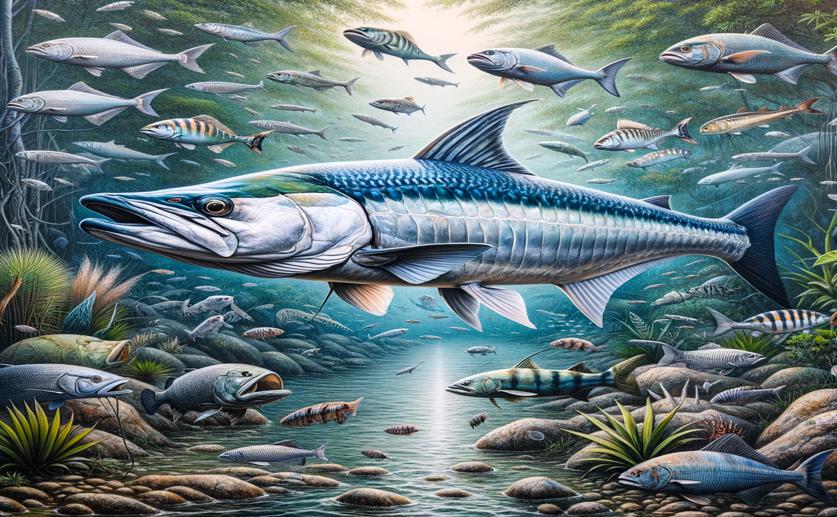
Ecological Dynamics and Conservation of Indo-Pacific Tarpon in Lake Siombak
Greg Howard
8th June, 2024

Image Source: Natural Science News, 2024
Key Findings
- The study in Lake Siombak, North Sumatra, found a male-dominated Indo-Pacific Tarpon (IPT) population, with females showing immature gonads
- IPTs in Lake Siombak exhibit moderate growth rates and are mostly medium-sized and sexually immature
- The exploitation rate of IPT in Lake Siombak is high, indicating overexploitation and the need for urgent regulatory measures
EnvironmentEcologyMarine Biology
References
Main Study
1) Ecological dynamics and conservation implications of Indo-Pacific Tarpon (Megalops cyprinoides) in Lake Siombak, North Sumatra, Indonesia
Published 7th June, 2024
https://doi.org/10.1007/s44338-024-00003-4
Related Studies
2) Regime shifts in shallow lake ecosystems along an urban-rural gradient in central China.
3) Broader perspective on ecosystem sustainability: consequences for decision making.
4) Emerging threats and persistent conservation challenges for freshwater biodiversity.



 16th May, 2024 | Jim Crocker
16th May, 2024 | Jim Crocker